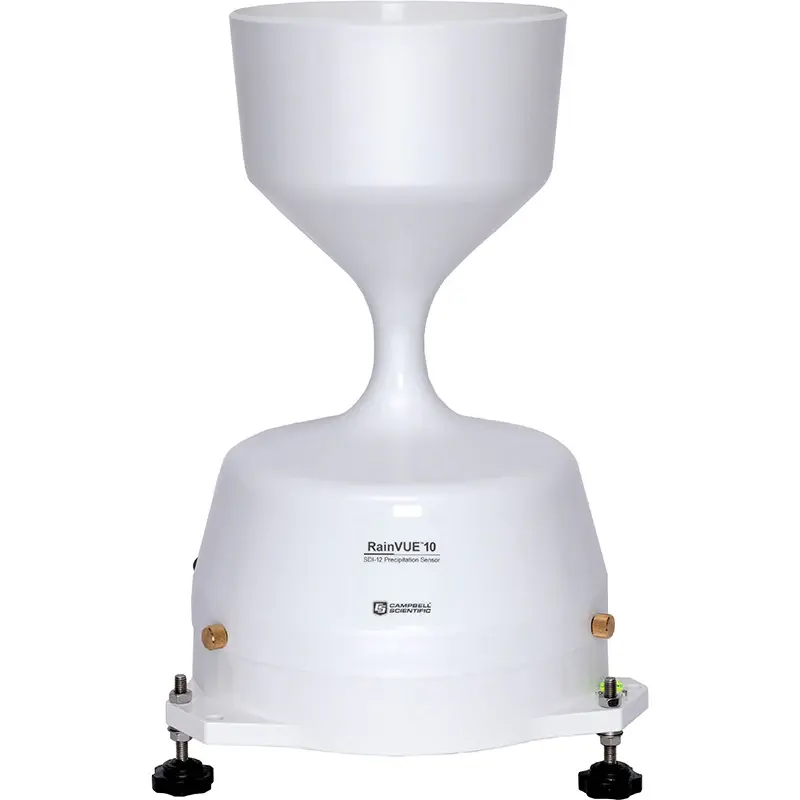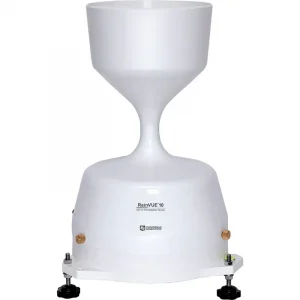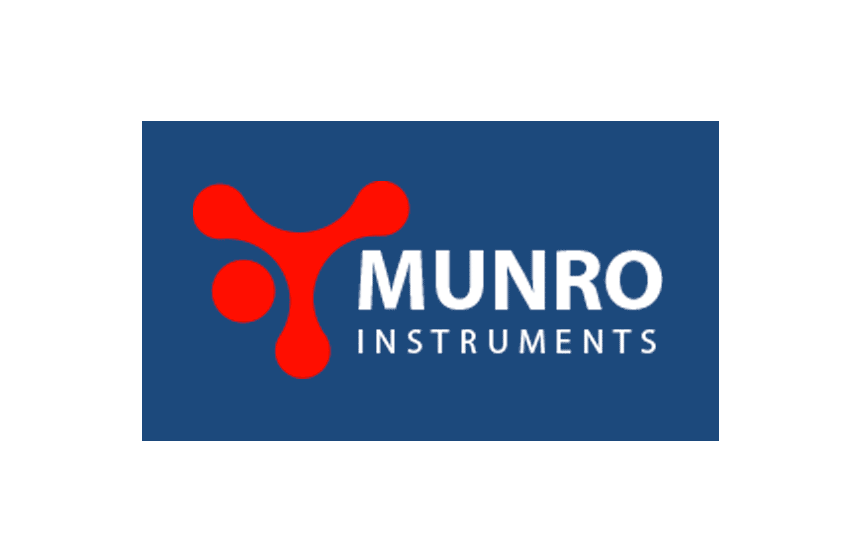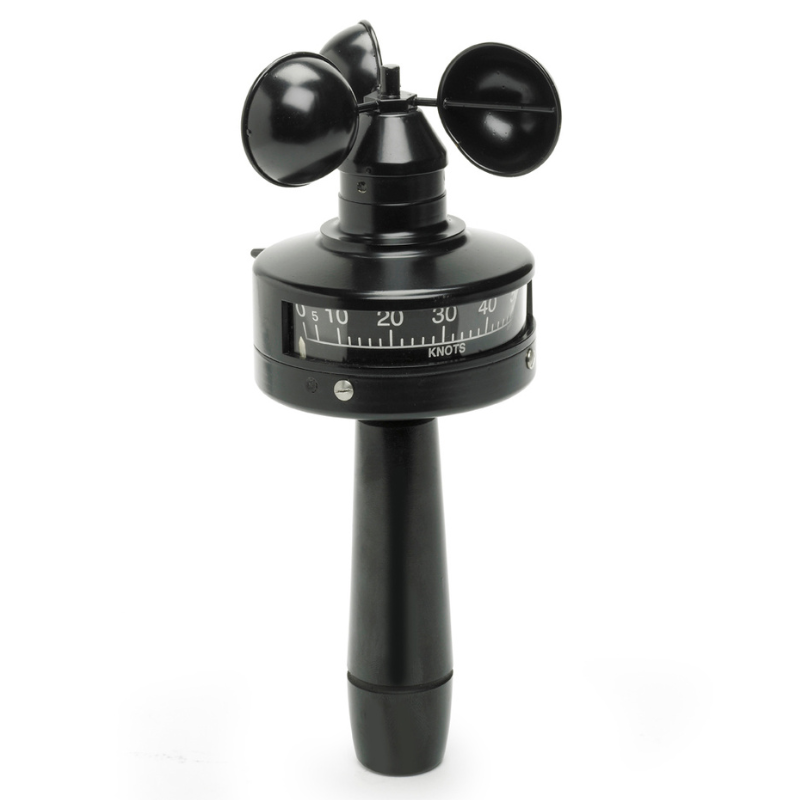Rainfall data helps in managing water resources, predicting floods, and studying climate patterns. Hydrologists rely on precise rainfall measurements to make informed decisions for agricultural planning, urban development, and disaster prevention.
What is a Rain Gauge?
A rain gauge is an instrument designed to measure the amount of liquid precipitation over a specific period. The first rain gauges date back to ancient civilizations, with modern versions evolving to provide greater accuracy and automation. Rainfall measurement remains a fundamental aspect of hydrology and meteorology.
Types of Rain Gauges
Standard Rain Gauge
A basic device consisting of a funnel leading to a graduated cylinder, used manually to measure rainfall.
Consists of a funnel and a dual-bucket system that tips after collecting a specific amount of rain, sending signals for digital recording.
Weighing Rain Gauge
Measures precipitation based on weight, allowing for highly precise rainfall measurement, often used in meteorological research.
Acoustic and Optical Rain Gauges
Advanced devices that use sound waves or laser technology to detect and measure rainfall in real-time.
Radar-Based Rain Measurement
Uses radar signals to estimate rainfall intensity and coverage over large areas, useful for large-scale hydrological studies.
How Rain Gauges Work
Rain gauges collect precipitation and record data either manually or digitally. Modern rain gauges integrate with data loggers and cloud systems to provide real-time monitoring.
Why Hydrologists Need Rain Gauges
Flood Prediction
Accurate rainfall data allows hydrologists to model flood risks and implement preventive measures.
Water Resource Management
Rainfall measurements help allocate water resources efficiently, especially in drought-prone areas.
Agriculture and Urban Planning
Precipitation data supports irrigation planning and infrastructure development, ensuring sustainable growth.
Choosing the Right Rain Gauge for Hydrology
Factors such as location, accuracy, budget, and automation level determine the best rain gauge for hydrological applications. Automated digital rain gauges are preferred for high-precision monitoring.
Installation and Maintenance of Rain Gauges
- Place the gauge in an open area, away from obstructions.
- Ensure proper calibration for consistent accuracy.
- Regularly clean and inspect the gauge for blockages or damage.








